I Spy Challenge April 2018
I saw this on Cleopatra Loves Books blog and wanted to do it for the same reason as Margaret at Books Please – I love lists as well as books. I tried to stick to fiction on my physical ‘unread’ shelves, and was able to do it in the time provided except for a couple of problem categories which necessitated a second sweep.
The instructions: Find a book on your bookshelves that contains (either on the cover or in the title) an example for each category. You must have a separate book for all 20, get as creative as you want and do it within five minutes!! (or longer if you have way too many books on way too many overcrowded shelves!)
1. Food
American Pie by Michael Lee West
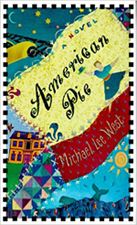
I was attracted to this by its title, since I love theme reading and I have a nonfiction Kindle book of the same name, and Canadian Pie by Will Ferguson also in my stacks.
2. Transportation
The Automobile Club of Egypt by Alaa Al Aswany
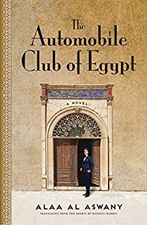
This was an impulse book store buy that I haven’t cracked open yet.
3. Weapon
Big White Knuckles by Brian Tucker

I had a hard time finding something for this category, but knuckles can be a weapon, right? Since this is set in a Cape Breton coal-mining community, I’m going with ‘yes’.
4. Animal
In the Skin of a Lion by Michael Ondaatje
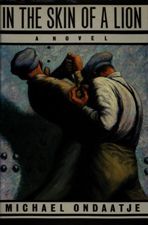
Canadian content that I should have read in high school. I have good intentions. . . .
5. Number
A Hundred Secret Senses by Amy Tan
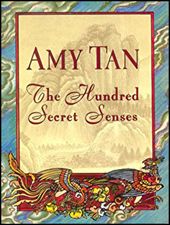
I’ve read a couple of books by Amy Tan, but never this one.
6. Something You Read
Postcards from the Edge by Carrie Fisher
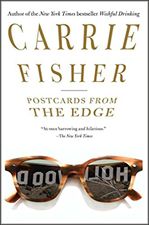
I would have had more success from my nonfiction shelves where I have books about books galore, but we do read postcards.
7. Body of Water
In the Lake of the Woods by Tim O’Brien
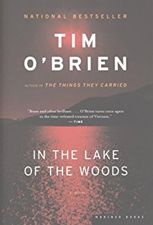
I thought O’Brien’s The Things They Carried was a powerful and moving book, so I’m looking forward to this one.
8. Product of Fire
Louisiana Power and Light by John Dufresne
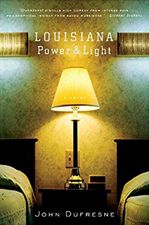
I was so busy looking for the after-products of a fire, that I completely missed this book on my first sweep. I’m going with ‘light’ as one of the things a fire produces!
9. Royalty
The Puzzle King by Betsy Carter
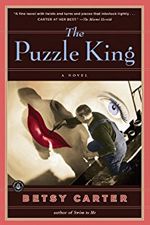
New York City! Immigrants! Jigsaw Puzzles! How can this miss?!
10. Architecture
The Four-Story Mistake by Elizabeth Enright
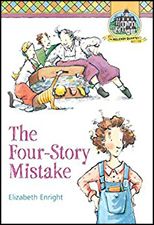
Although you wouldn’t know it from the cover of this modern reprint, this classic children’s book is all about the Melendy family’s move to, and life in, the country house known as the four-story mistake. I cheated a bit on this category because I’ve read this book at least a dozen times in my life, but I’m sure I’ll read it again too.
11. Item of Clothing
A Cupboard Full of Coats by Yvette Edwards
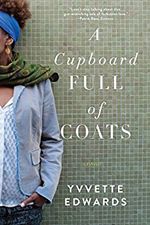
I put this in my stacks when it was longlisted for the Booker Prize in 2011, intrigued by the title and the charming cover on my edition, as much as the synopsis.
12. Family Member
Travels with My Aunt by Graham Greene
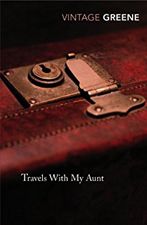
I started to read this last year but found I really wasn’t in the mood to finish. Rather than give up on this vintage classic, I reshelved it for another try.
13. Time of Day
Sunset Park by Paul Auster
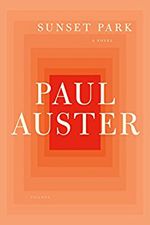
I’ve never read Auster and I’m not sure what to expect from this piece of literary fiction. I just hope the story is more “on” than the colour of this cover – it doesn’t much look like a sunset to me.
14. Music
Accordian Crimes by Annie Proulx
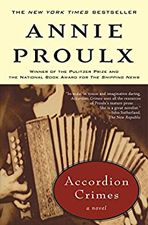
Another that I read several years ago and hope to reread. I remember this as wickedly funny – in the end.
15. Paranormal Being
Pluto’s Ghost by Sheree Fitch
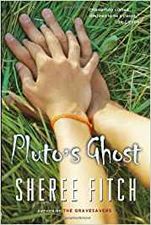
Since I never read anything with paranormal beings, I thought this category would go unfilled. Then I came upon this little gem by local author Sheree Fitch, that I picked when visiting her Mable Murple’s Book Shoppe & Dreamery in nearby River John NS last summer. I’m pretty sure this has nothing to do with a real ghost.
16. Occupation
Balzac and the Little Chinese Seamstress by Dai Sijie

China’s Cultural Revolution, a hidden stash of Western Classics, and a love of reading. Yum!
17. Season
Autumn Laing by Alex Miller
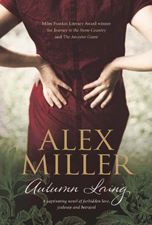
Every time I look at this Miles Franklin Award nominee from 2012, I want to curl up on the couch and lose myself in it. Soon, I promise myself.
18. Colour
The Blue Light Project by Timothy Taylor
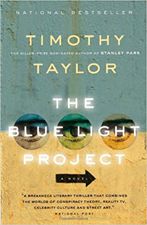
From Vancouver author Taylor, this story of a hostage taking at a filming of a children’s talent show sounds promising.
19. Celestial Body
The Almost Moon by Alice Sebold
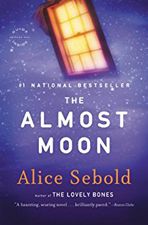
I was attracted to this novel because it unfolds over a twenty-four hour period, a structure that I very much enjoy.
20. Something That Grows
Roses are Difficult Here by W.O. Mitchell
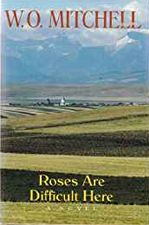
This category was bound to be a Canadian classic: either Roses or Anne of Windy Poplars by Lucy Maud Montgomery (which Kindle edition is free as of time of writing).
* * * * * * *
How many are on your bookshelf? Want to give this challenge a try yourself? Consider yourself tagged.
P.S. The links are affiliate links so I will receive a small percentage of any purchase you make after clicking through from this blog.

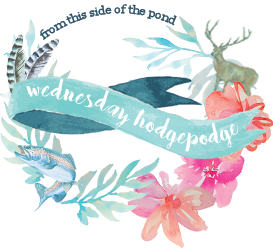
 But that’s not the issue. I just read this
But that’s not the issue. I just read this 
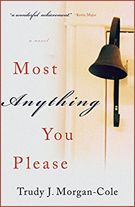 That sounds so serious – and the poetry I’d like to share today is not. It prefaces the book
That sounds so serious – and the poetry I’d like to share today is not. It prefaces the book 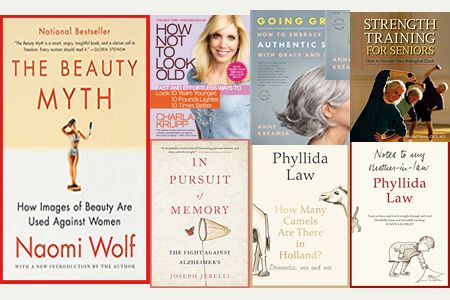
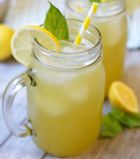
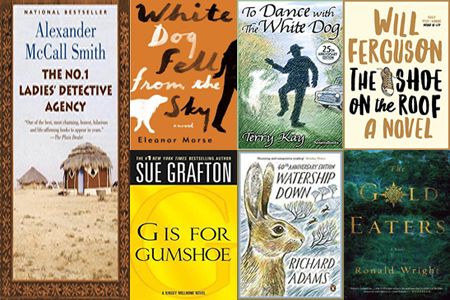


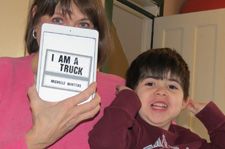
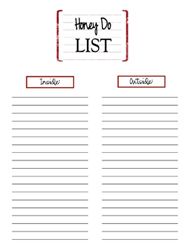 2. Do you have a list of to-dos that need accomplishing in order to prepare your home and/or property for the winter season? What are some of the jobs on your list? Are you a do-it-yourself or do you hire someone to accomplish these tasks?
2. Do you have a list of to-dos that need accomplishing in order to prepare your home and/or property for the winter season? What are some of the jobs on your list? Are you a do-it-yourself or do you hire someone to accomplish these tasks?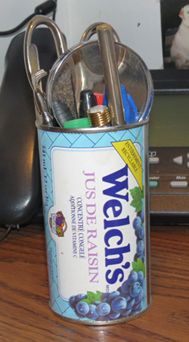 4.
4. 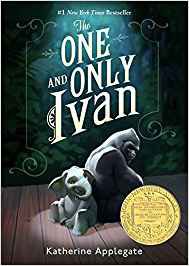 5. Favorite book you read this year?
5. Favorite book you read this year?
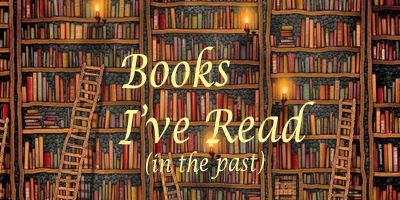
 Written when she was 22; includes various letters she sent as a girl and young woman. I was prompted to read by seeing a performance of Miracle Workerat Theatre Aquarius.
Written when she was 22; includes various letters she sent as a girl and young woman. I was prompted to read by seeing a performance of Miracle Workerat Theatre Aquarius.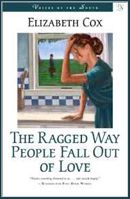 Realistic, but not earth-shattering. I read the last half of the book while I was coming off Effexor [an anti-depressant] and perhaps I was not in a condition to grasp the story. Everything seemed strange.
Realistic, but not earth-shattering. I read the last half of the book while I was coming off Effexor [an anti-depressant] and perhaps I was not in a condition to grasp the story. Everything seemed strange.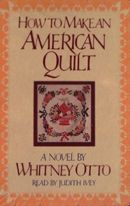 A good, quick read. I thought sometimes that the sections of “instructions” were overdone and too ethereal. But the stories of the people pieced together in this small town were fascinating.
A good, quick read. I thought sometimes that the sections of “instructions” were overdone and too ethereal. But the stories of the people pieced together in this small town were fascinating.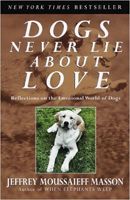 This was really interesting for the first half-dozen chapters, then it seemed to become a lot of padding and unsupported theories. In the end, no one really knows what dogs think or feel – we are limited by being able to think only in human terms. This I knew before I read the book!
This was really interesting for the first half-dozen chapters, then it seemed to become a lot of padding and unsupported theories. In the end, no one really knows what dogs think or feel – we are limited by being able to think only in human terms. This I knew before I read the book!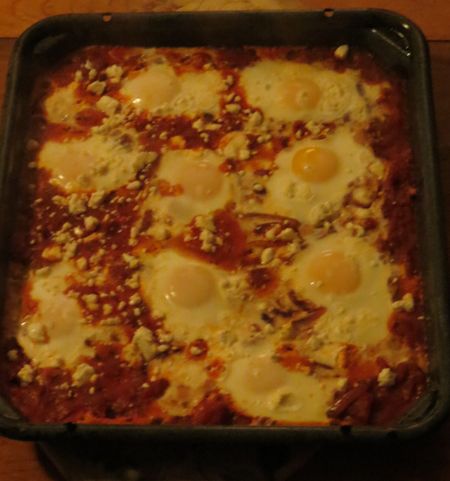
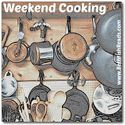
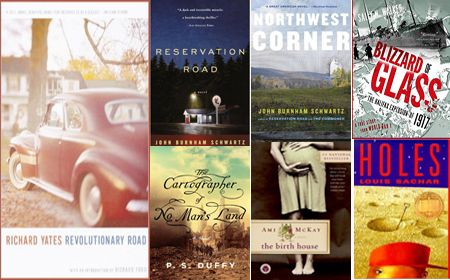
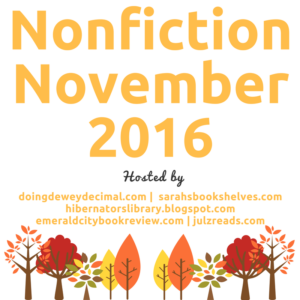
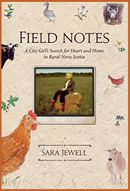 Amazon: “Field Notes includes forty-one essays on the differences, both subtle and drastic, between city life and country living. From curious neighbours and unpredictable weather to the reality of roadkill and the wonders of wildlife, award-winning narrative journalist Sara Jewell strikes the perfect balance between honest self-examination and humorous observation.” Plus, Jewell lives just an hour down the road from me!
Amazon: “Field Notes includes forty-one essays on the differences, both subtle and drastic, between city life and country living. From curious neighbours and unpredictable weather to the reality of roadkill and the wonders of wildlife, award-winning narrative journalist Sara Jewell strikes the perfect balance between honest self-examination and humorous observation.” Plus, Jewell lives just an hour down the road from me!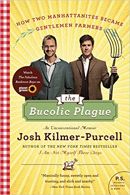 Kilmer-Purcell writes with dramatic flair and trenchant wit, uncovering mirthful metaphors as he plows through their daily experiences, meeting neighbors, signing on caretaker Farmer John, herding goats, canning tomatoes, and digging a garden, as he and his partner fix up their 205-year-old house near the hauntingly beautiful town of Sharon Springs, N.Y.
Kilmer-Purcell writes with dramatic flair and trenchant wit, uncovering mirthful metaphors as he plows through their daily experiences, meeting neighbors, signing on caretaker Farmer John, herding goats, canning tomatoes, and digging a garden, as he and his partner fix up their 205-year-old house near the hauntingly beautiful town of Sharon Springs, N.Y.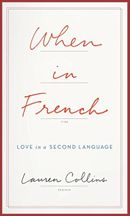 Amazon: “What does it mean to love someone in a second language? Collins wonders, as her relationship with her French boyfriend Olivier continues to grow entirely in English. Are there things she doesn’t understand about Olivier, having never spoken to him in his native tongue? Does ‘I love you’ even mean the same thing as ‘je t’aime’?”
Amazon: “What does it mean to love someone in a second language? Collins wonders, as her relationship with her French boyfriend Olivier continues to grow entirely in English. Are there things she doesn’t understand about Olivier, having never spoken to him in his native tongue? Does ‘I love you’ even mean the same thing as ‘je t’aime’?” Amazon: “‘Stories, both my own and those I’ve taken to heart, make up whoever it is that I’ve become,’ Peter Orner writes in this collection of essays about reading, writing, and living. Orner reads—and writes—everywhere he finds himself: a hospital cafeteria, a coffee shop in Albania, or a crowded bus in Haiti. The result is ‘a book of unlearned meditations that stumbles into memoir.'”
Amazon: “‘Stories, both my own and those I’ve taken to heart, make up whoever it is that I’ve become,’ Peter Orner writes in this collection of essays about reading, writing, and living. Orner reads—and writes—everywhere he finds himself: a hospital cafeteria, a coffee shop in Albania, or a crowded bus in Haiti. The result is ‘a book of unlearned meditations that stumbles into memoir.'”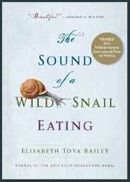 While an illness keeps her bedridden, Bailey watches a wild snail that has taken up residence on her nightstand. As a result, she discovers the solace and sense of wonder that this mysterious creature brings and comes to a greater understanding of her own place in the world.
While an illness keeps her bedridden, Bailey watches a wild snail that has taken up residence on her nightstand. As a result, she discovers the solace and sense of wonder that this mysterious creature brings and comes to a greater understanding of her own place in the world.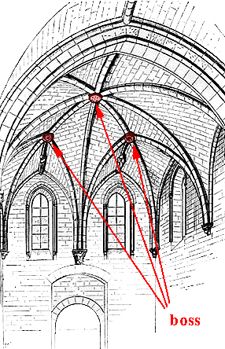 Boss: a knob or protrusion of stone or wood. Bosses can often be found in the ceilings of buildings, particularly at the keystones at the intersections of a rib vault. In Gothic architecture, such
Boss: a knob or protrusion of stone or wood. Bosses can often be found in the ceilings of buildings, particularly at the keystones at the intersections of a rib vault. In Gothic architecture, such 
 From Amazon: “With his inimitable sense of humor and storytelling talent, New York Times bestselling author Michael Korda brings us this charming, hilarious, self-deprecating memoir of a city couple’s new life in the country.
From Amazon: “With his inimitable sense of humor and storytelling talent, New York Times bestselling author Michael Korda brings us this charming, hilarious, self-deprecating memoir of a city couple’s new life in the country. From Amazon: “As they say, if only the walls could talk …
From Amazon: “As they say, if only the walls could talk …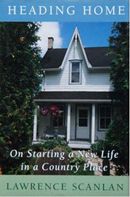 From Amazon: What harassed and harried city-dweller has not dreamed of escaping to a quiet place in the country? With his wife, Scanlan moved from the city of Kingston to a 19th Century frame house on the Napanee River in the village of Camden East, Ontario (pop. 250).
From Amazon: What harassed and harried city-dweller has not dreamed of escaping to a quiet place in the country? With his wife, Scanlan moved from the city of Kingston to a 19th Century frame house on the Napanee River in the village of Camden East, Ontario (pop. 250).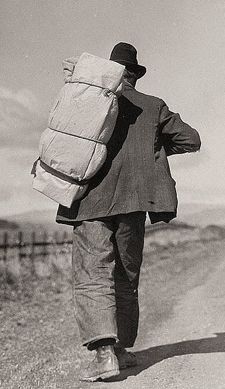
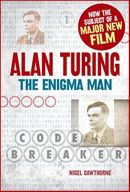
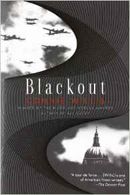
 In our side yard, we have the (remaining of two) biggest poplar(s) that anyone I know has ever seen. It is at least 100 feet high (30 metres) tall. Muriel, who lives next door, is 93 and grew up in the house where we live. She tells us that those trees were big when she was a child. Another family member told us that the fishing boats used to use the trees to guide them into the harbour that is just over the hill.
In our side yard, we have the (remaining of two) biggest poplar(s) that anyone I know has ever seen. It is at least 100 feet high (30 metres) tall. Muriel, who lives next door, is 93 and grew up in the house where we live. She tells us that those trees were big when she was a child. Another family member told us that the fishing boats used to use the trees to guide them into the harbour that is just over the hill. 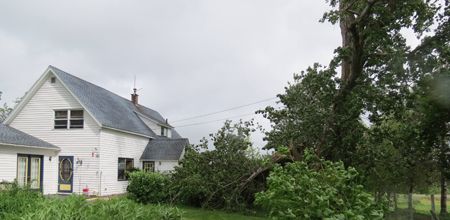
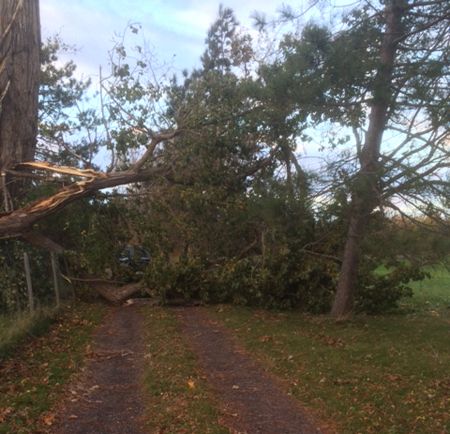

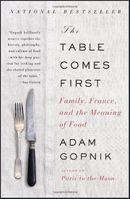 So books like Lawrence Scanlan’s
So books like Lawrence Scanlan’s